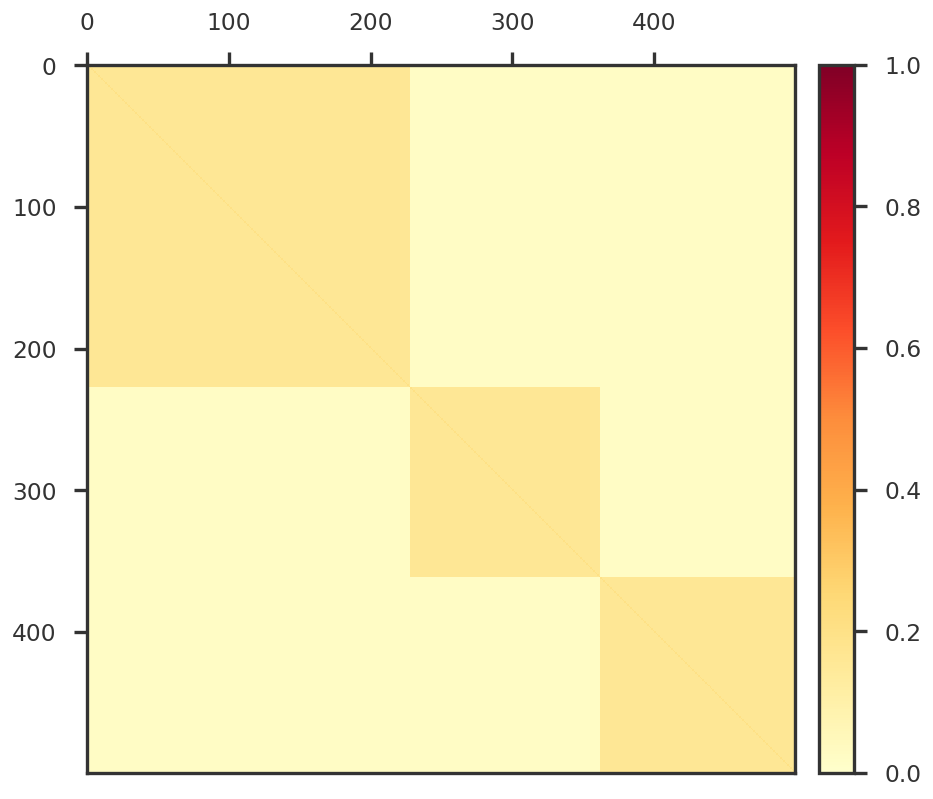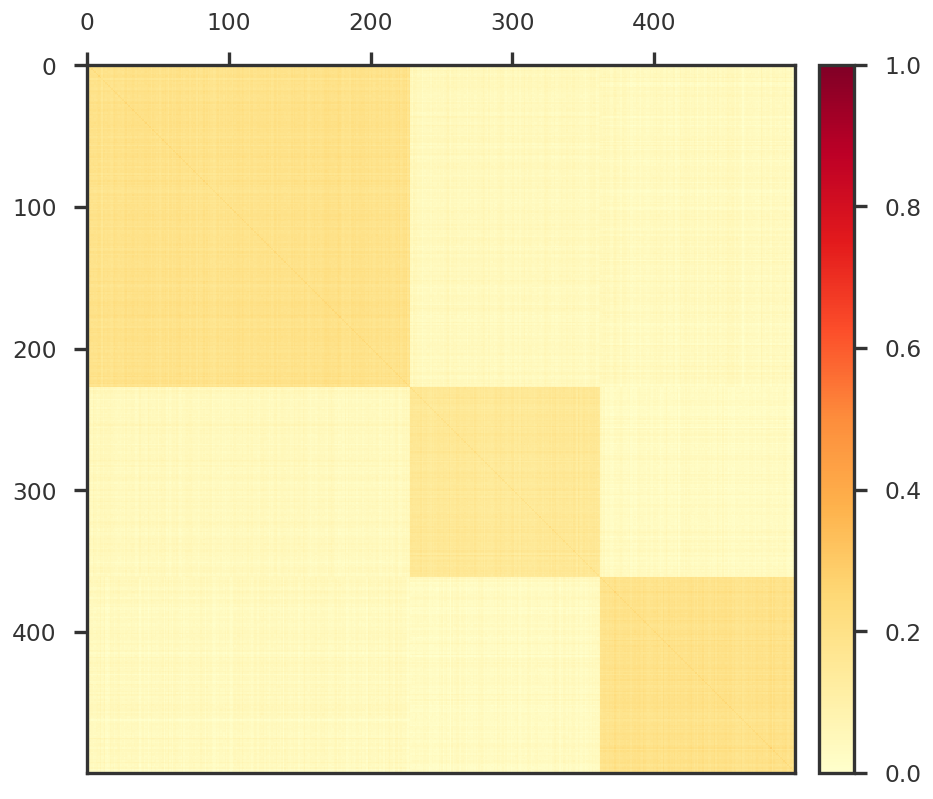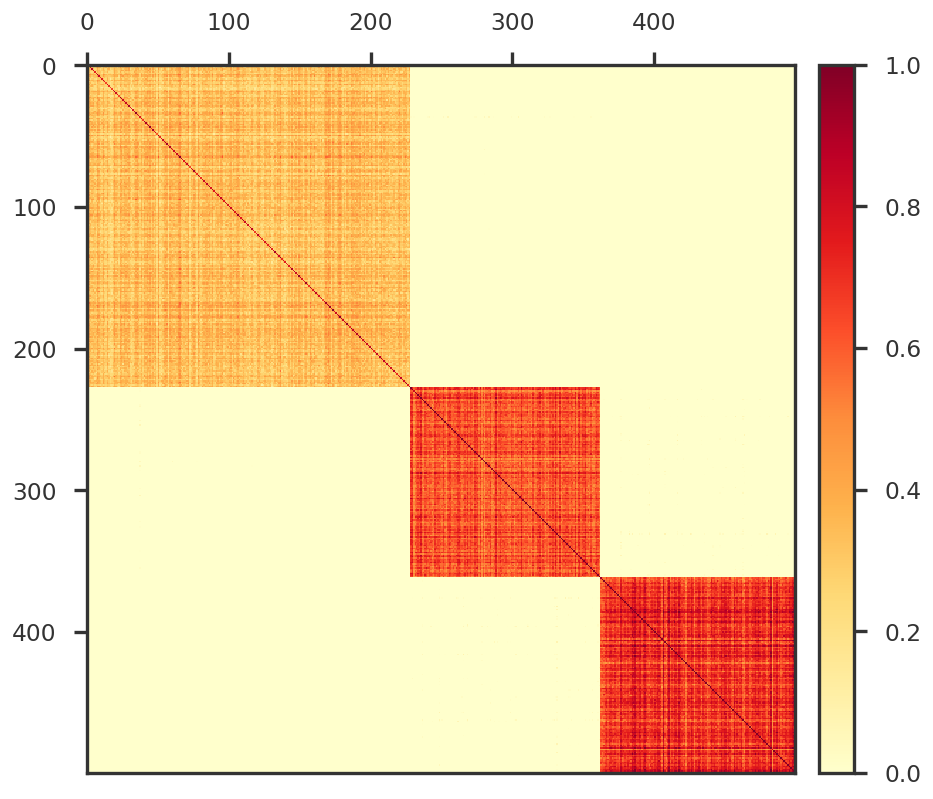Code
import numpy as np
import pandas as pd
import matplotlib.pyplot as plt
from pymir import mpl_stylesheet
from pymir import mpl_utils
mpl_stylesheet.banskt_presentation(splinecolor = 'black', dpi = 120, colors = 'kelly')
import sys
sys.path.append("../utils/")
import histogram as mpy_histogram
import simulate as mpy_simulate
import plot_functions as mpy_plotfn
from nnwmf.optimize import IALM
from nnwmf.optimize import FrankWolfe_CV
from nnwmf.optimize import FrankWolfe









